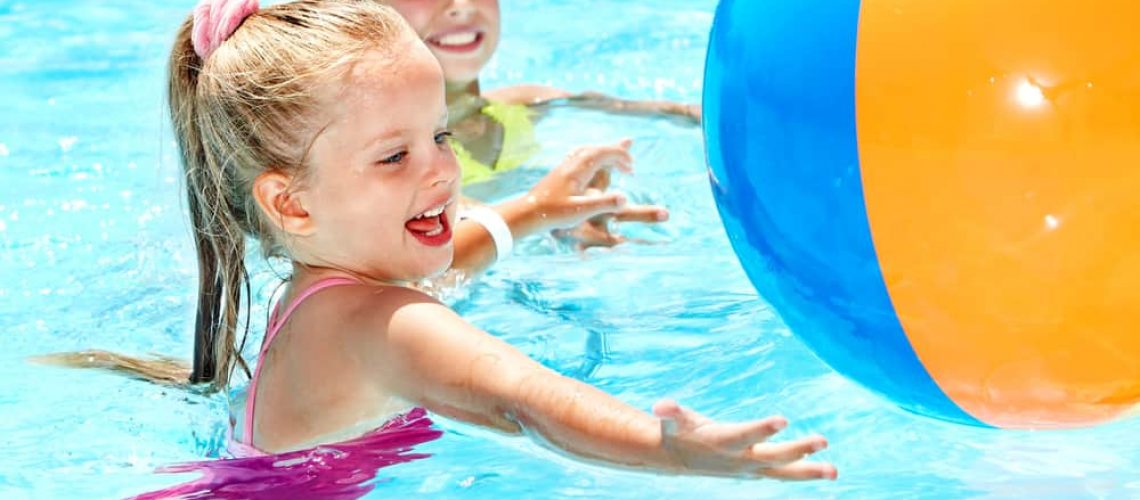Every kid loves to spend their summer days swimming with friends in a cool, refreshing pool. Some of the best summertime memories can be made while making a splash! So, as a parent have you ever wondered if swimming poses a risk for catching head lice? Can head lice swim? Does chlorine kill them? How does the summertime make head lice more rampant around the community?Here are a few answers to these concerning questions. A prepared parent can rest easy at the pool, knowing their kids are not going to contract head lice.
Can head lice swim?
Head lice can not actually swim, but they do float. Head lice can hold their breath for up to four hours, or longer. This is why simply shampooing your hair does NOT kill head lice. Bathing alone does not kill head lice, either.
Is head lice transferred through swimming?
The Centers for Disease Control and Prevention tell us that although it is possible for head lice to lose grip of a hair strand and float to the top of the water, it is highly unlikely that they would be able to grab onto another host. The biggest threat of contracting head lice while swimming is through sharing towels. The interwoven fabric of towels is an ideal place for head lice to grab onto and wait for a new host. Whether it is through laying on them, drying hair with them, or drying bodies with them, towels are much more likely to transfer head lice than swimming in water.
Does chlorine water kill head lice?
The scientists tell us that no, chlorine is not strong enough to kill head lice.
Is head lice more prevalent in the summertime?
Head lice are most active during times when people are spending the most time together. This is due to the way head lice are transferred, by direct head to head contact. For this reason, the following times are the most common times for an outbreak: summer camps, summer vacation, spring break, back to school, and extended breaks from school like Christmas vacation.

